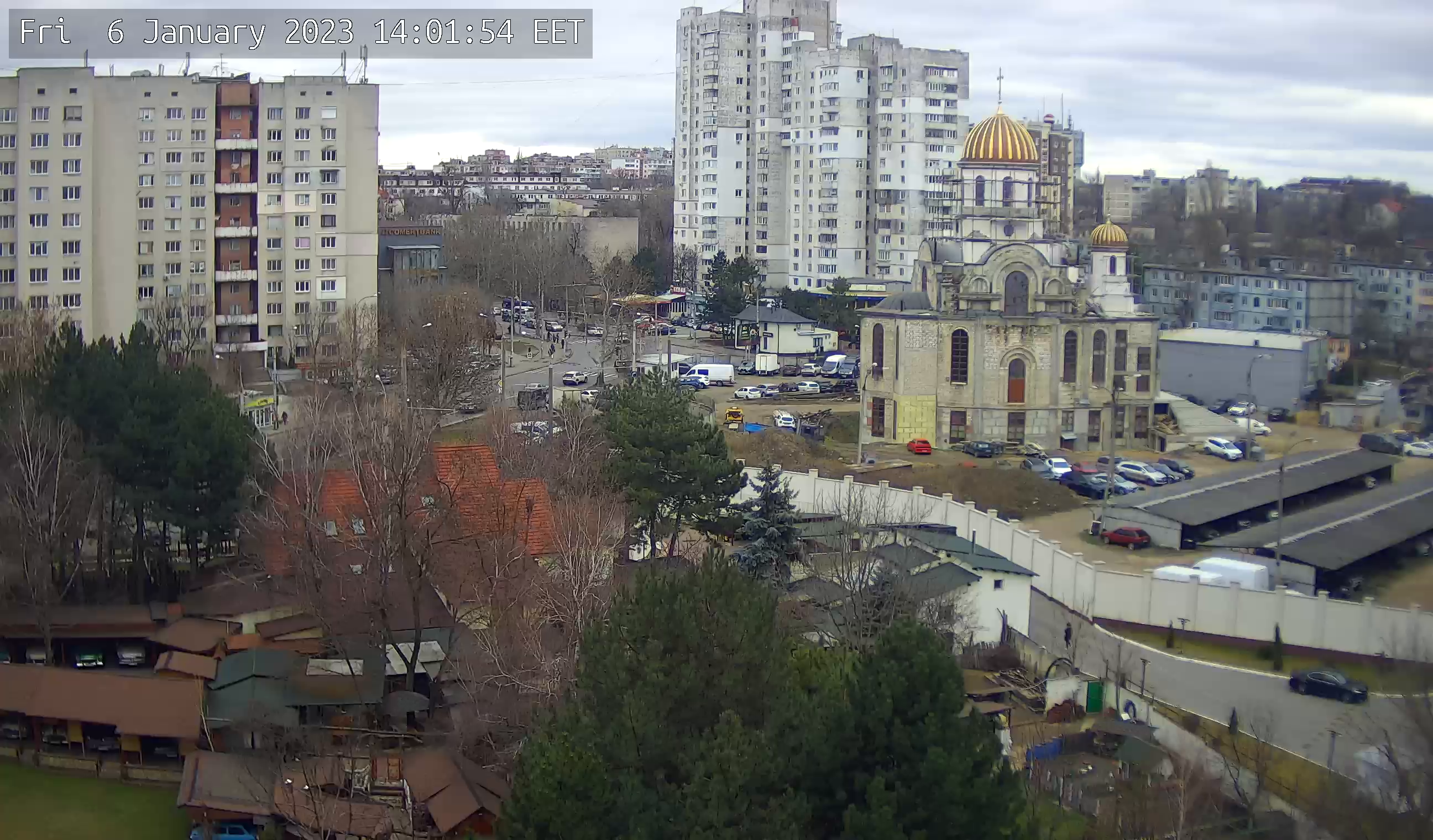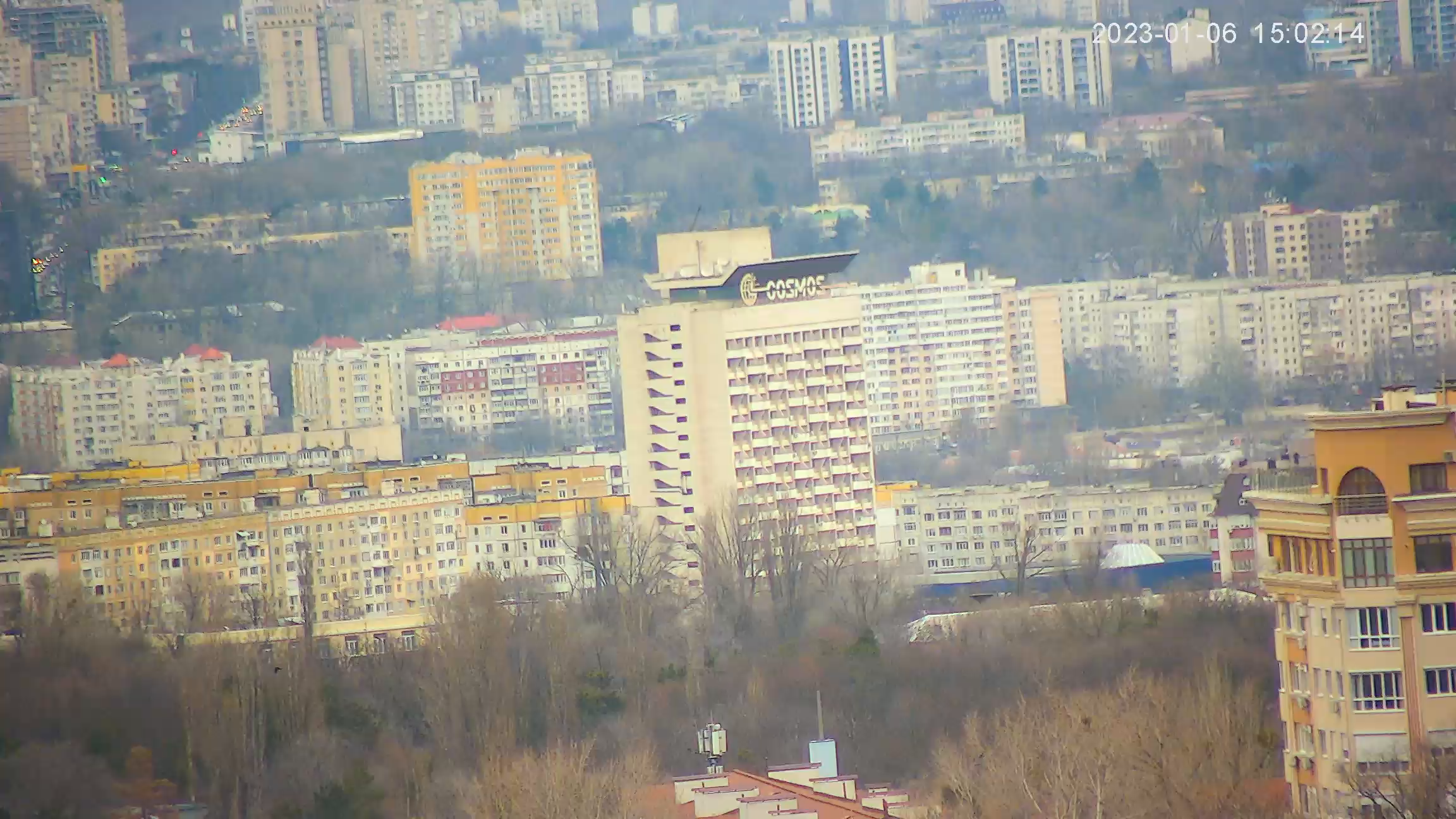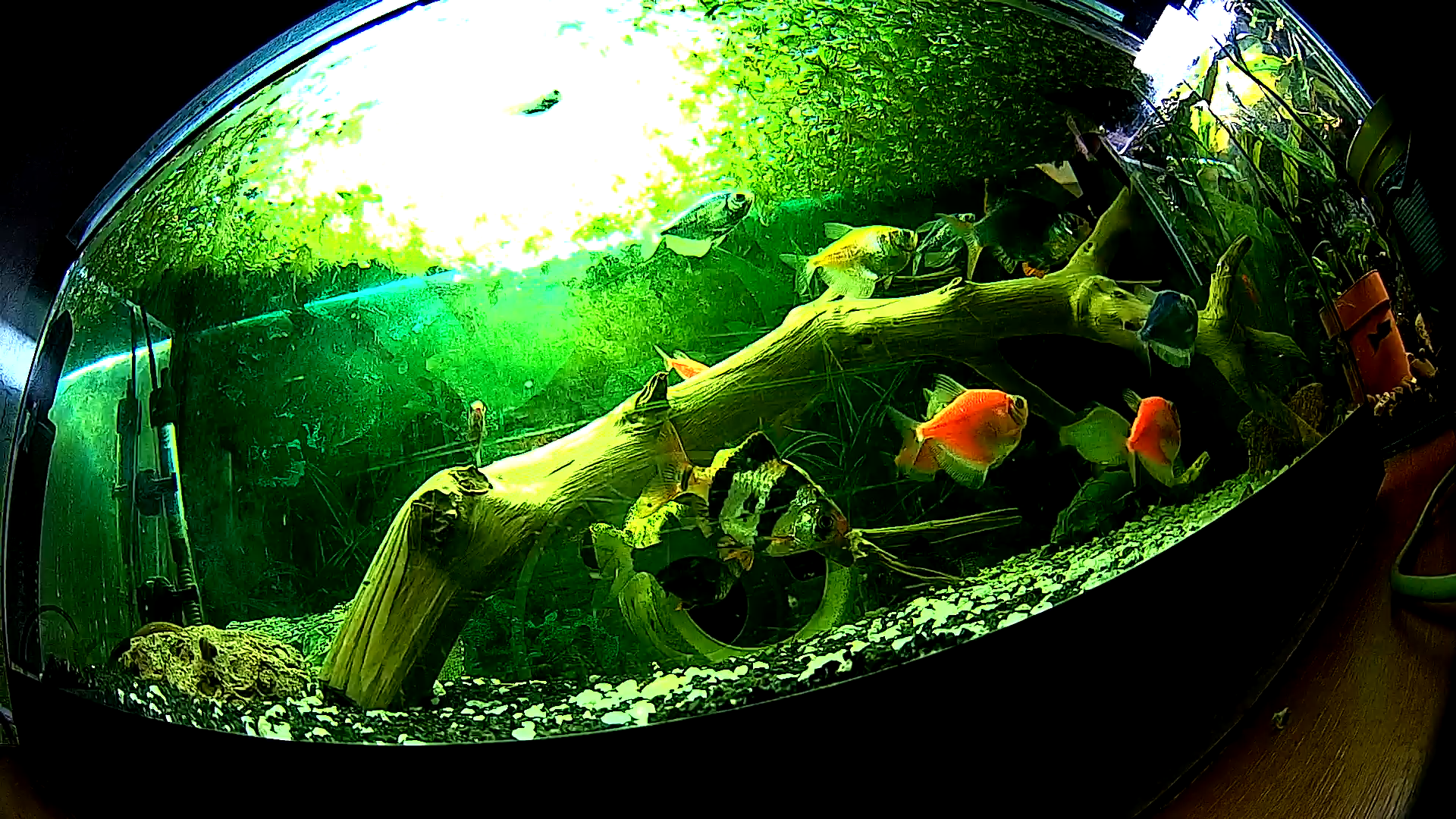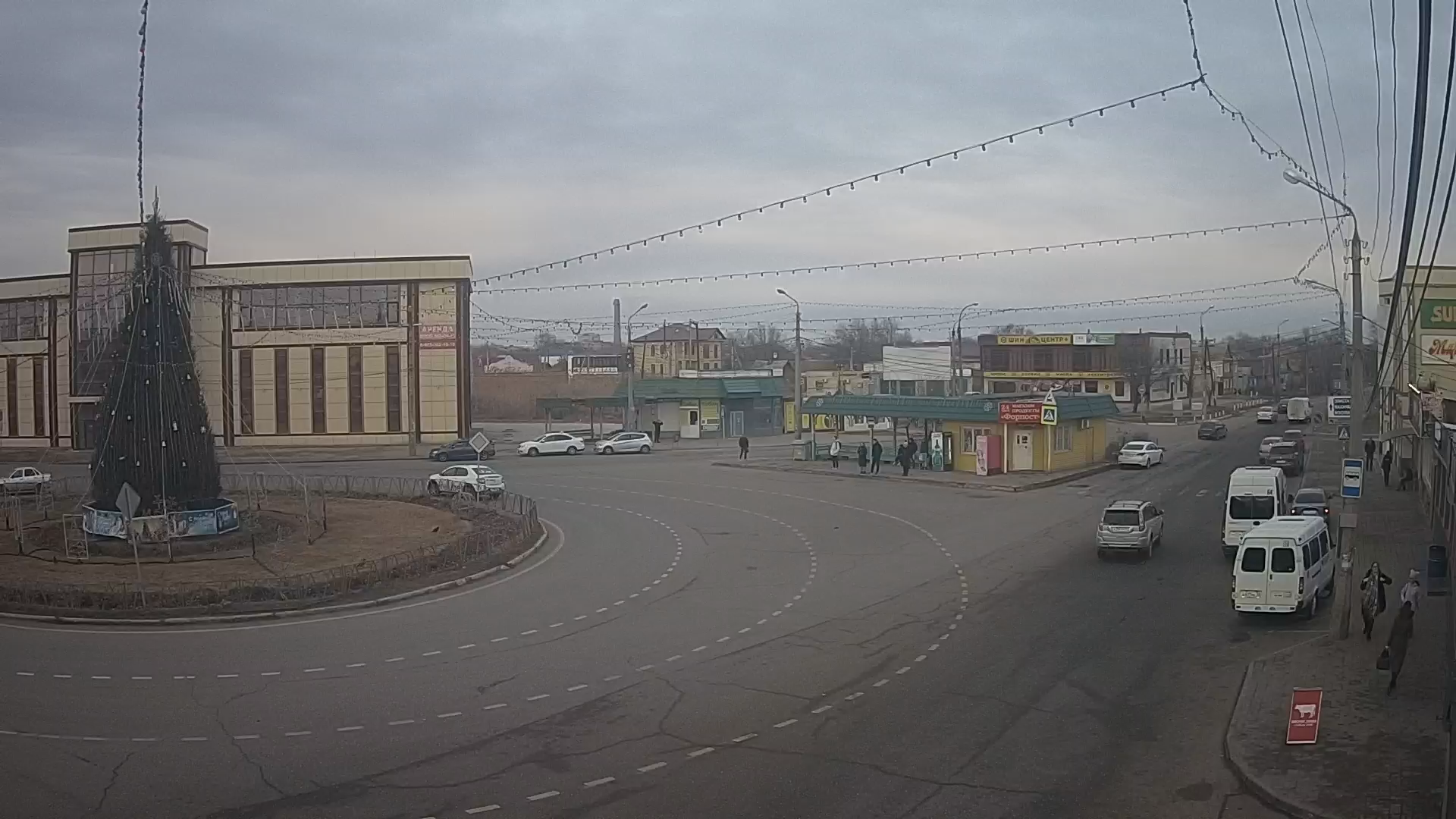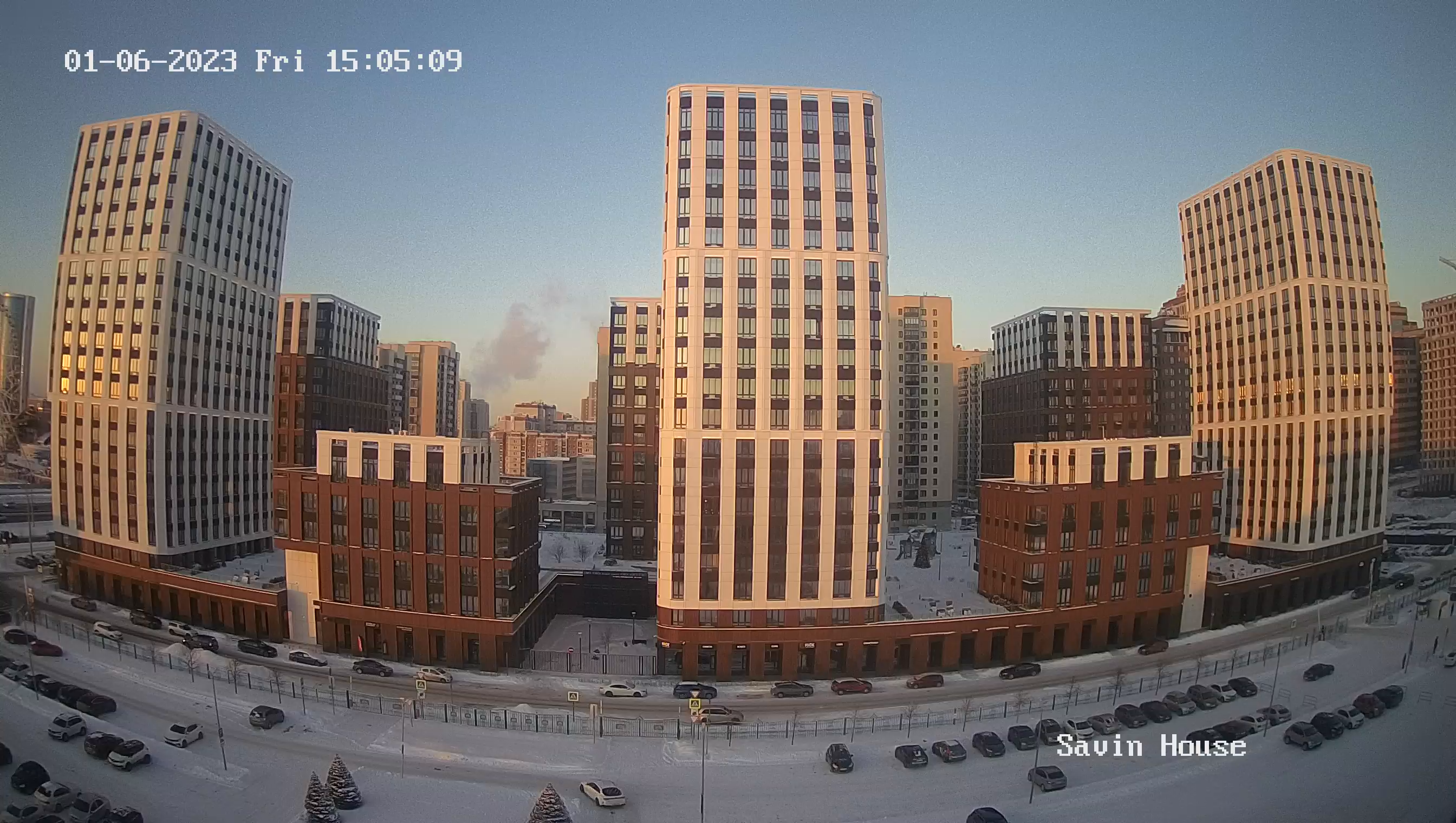Webcam Pushkin. Detskoselsky Boulevard (Leningrad region).
Pushkin - (before 1918 it was called Tsarskoye Selo, from 1918 to 1937 it was called Detskoe Selo) is a city of federal importance, part of the Pushkin District, located south of St. Petersburg. As of 2018, the population is 109,885.
For two hundred years, Russian emperors came to these lands, for recreation, work, or permanent residence. However, the history of the name of the settlement is not as obvious as it may seem. It has nothing to do with the title of the monarch. Previously, these lands were Swedish and there, where in the future appeared the royal residences, was Sarska manor. Peter the Great presented it and 43 other tributary villages to Martha of Skavron, who later became the emperor's wife. After Russia managed to expel the Swedes from the conquered lands, Sarskaya manor became known as Sarskoye Selo. However, the Finnish name did not stick and was gradually changed to the more familiar to the Russian ear - Tsarskoye.
About half a century later an entire residence of Russian monarchs grew up on the site of a small manor. In 1728 the land passed to Elizabeth Petrovna. At this time completely changed the appearance of the Catherine Palace. Architect Rastrelli enlarges and almost completely rebuilds it. When the work is completed, this building becomes the first place in the country where the length of the enfilade is equal to the length of the entire building.
After Elizabeth's reign, Catherine the Great became the owner of the palace. The Empress loved Tsarskoye Selo more than any other of her residences, but she did not like the scenery around the palace. She was not happy with the sight of flowerbeds and paths laid out according to a ruler and a compass. Everything had to be done deliberately casually, to give a sense of naturalness and casualness. It was not easy to cope with this, and Catherine sent her court architect Neelov to England. Having gained ideas and experience, Vasily Ivanovich was able to fulfill the dreams of Catherine.
During the time of the empress in the city was conducted a water supply system, parks were reconstructed and monuments were built in honor of her associates. Despite the active development of the settlement, during the reign of Paul I, Tsarskoye Selo was abandoned. Alexander I resumed construction work, and in 1808 the village acquired the status of a city. It was on the order of Alexander Pavlovich, in 1810, Tsarskoye Selo Lyceum was opened, which has become the hallmark of the city and the embodiment of memory about the life of young Pushkin for several centuries.
The last owner of the settlement was Nicholas II. With the execution of the royal family in 1917, the history of this place as the residence of Russian emperors ended. When the Bolsheviks came to power, they turned the palaces into museums, and in the most worthy houses they placed schools and boarding schools.

